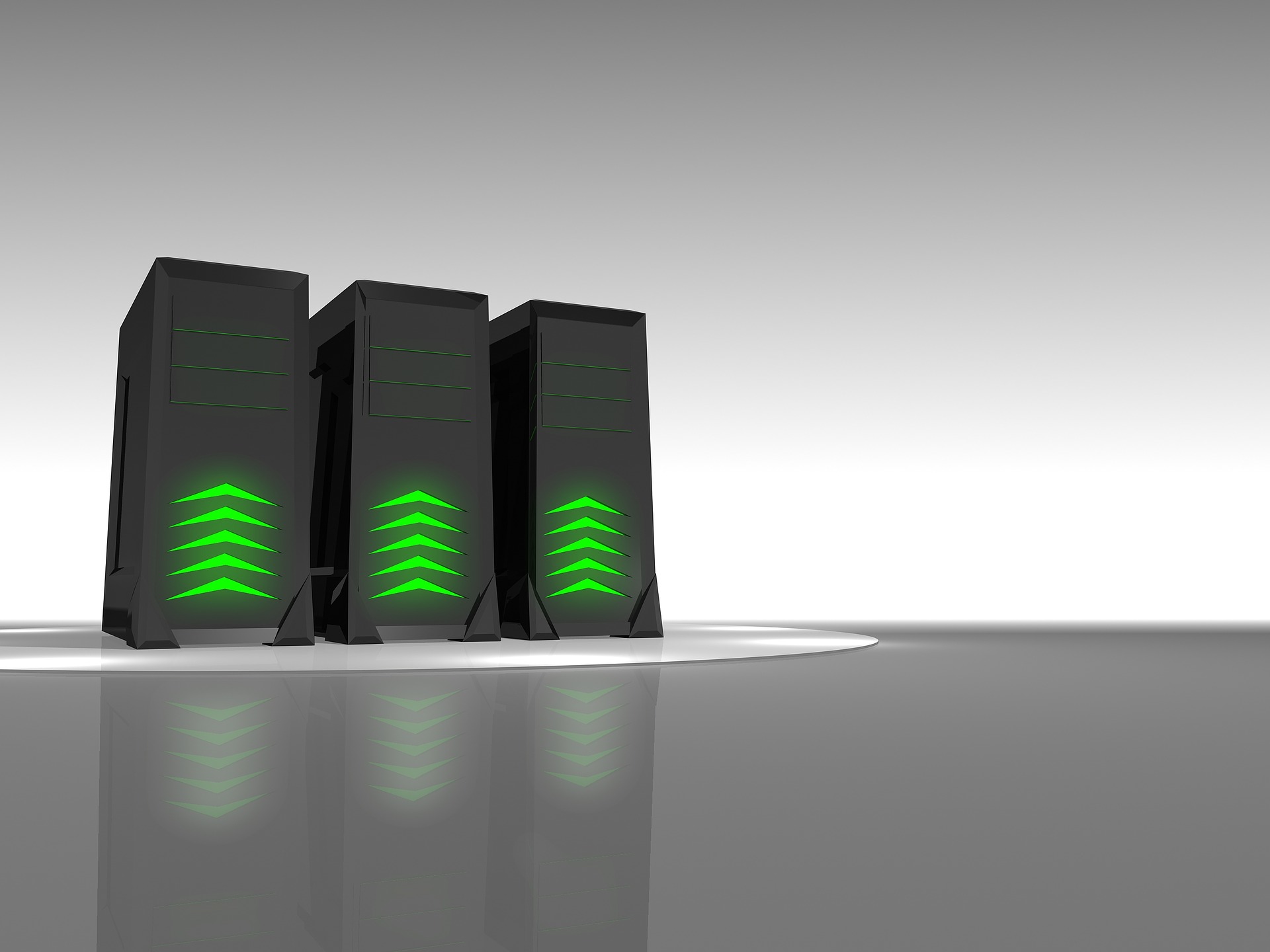What is Load Balancer and How It Works?
 Daniel Smith
Daniel Smith
Load balancing is a technique used to distribute the workload across multiple servers. Load balancing can be done at different levels, depending on your requirements and needs. For example, you may want to balance traffic between two web servers or between one web server and an application server. In this article we will discuss some of the benefits of using a load balancer in front of a web server.
Load Balancing – A Brief Introduction
Load balancing is a technique used by web servers to distribute the workload across several servers. This helps to reduce the load on any single server. The main benefit of load balancing is that it allows you to scale up your website when needed. It also improves performance because all the requests are handled by a single machine instead of many.
How does a load balancer work?
Load balancers are devices that help to spread out the workload among multiple servers. They do this by distributing the incoming request to different servers based on their availability. When a client makes a request to a particular URL, the load balancer receives the request from the client’s browser and forwards it to the appropriate server. If there is no available server to serve the request, then the load balancer sends the request to another server. This process continues until the request reaches its destination.
What is a load balancer?
A load balancer is a networking device that distributes incoming traffic to multiple servers. Load balancing is useful when you have a large number of clients connected to a single server. It ensures that each client gets equal access to the resources provided by the server.
Types of load balancers
There are three types of load balancers:
Application-aware load balancers
Network-based load balancers
Hardware-based load balancers.
Application-aware load balancers are software-based solutions that use rules to determine which server should receive the request. These rules are usually configured manually.
Network-based load balancers are hardware appliances that route the traffic through them. They are commonly referred to as “network-based” because they don’t require any changes to the existing infrastructure. However, these devices need to be installed in the middle of the network.
Hardware-based load balancers are physical devices that sit in the middle of the data center. They are typically rack mounted and contain a set of Ethernet ports. They are designed to support high-speed networks.
Why load balancers are important?
Load balancers allow you to increase the capacity of your web site. You can add additional servers to your system if you run into problems with the current ones. Also, load balancers improve the overall performance of your website. By distributing the workload across various servers, your website becomes more responsive.
Benefits of Using a Load Balancer
Here are some of the advantages of using a load balancers:
• Scalability
• Performance improvement
• Improved security
• Increased reliability
• Simplified management
• Reduced downtime
• Cost reduction
• Easy configuration
• High availability
• Security
• Flexibility
• Reliability
Subscribe to my newsletter
Read articles from Daniel Smith directly inside your inbox. Subscribe to the newsletter, and don't miss out.
Written by
